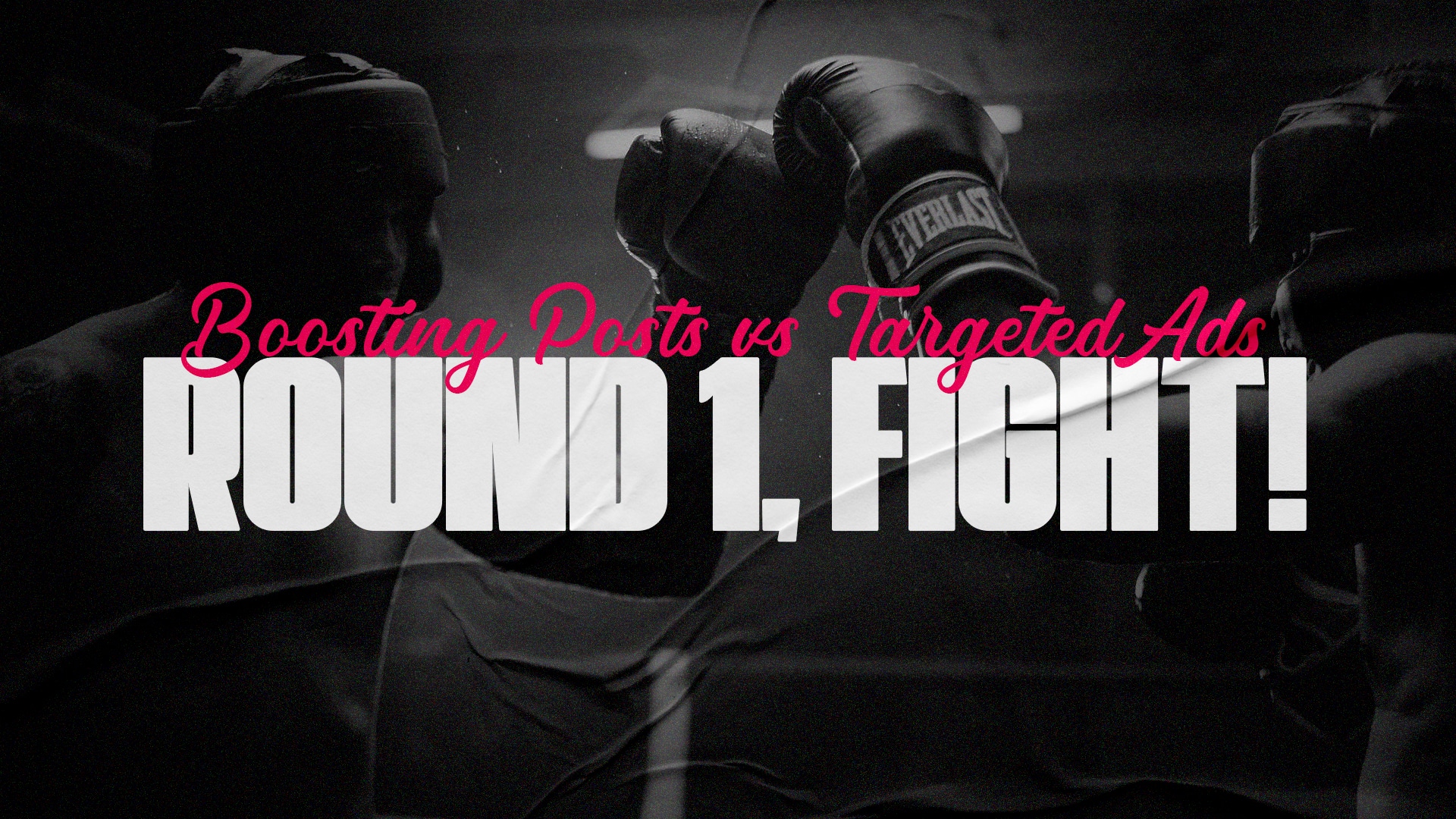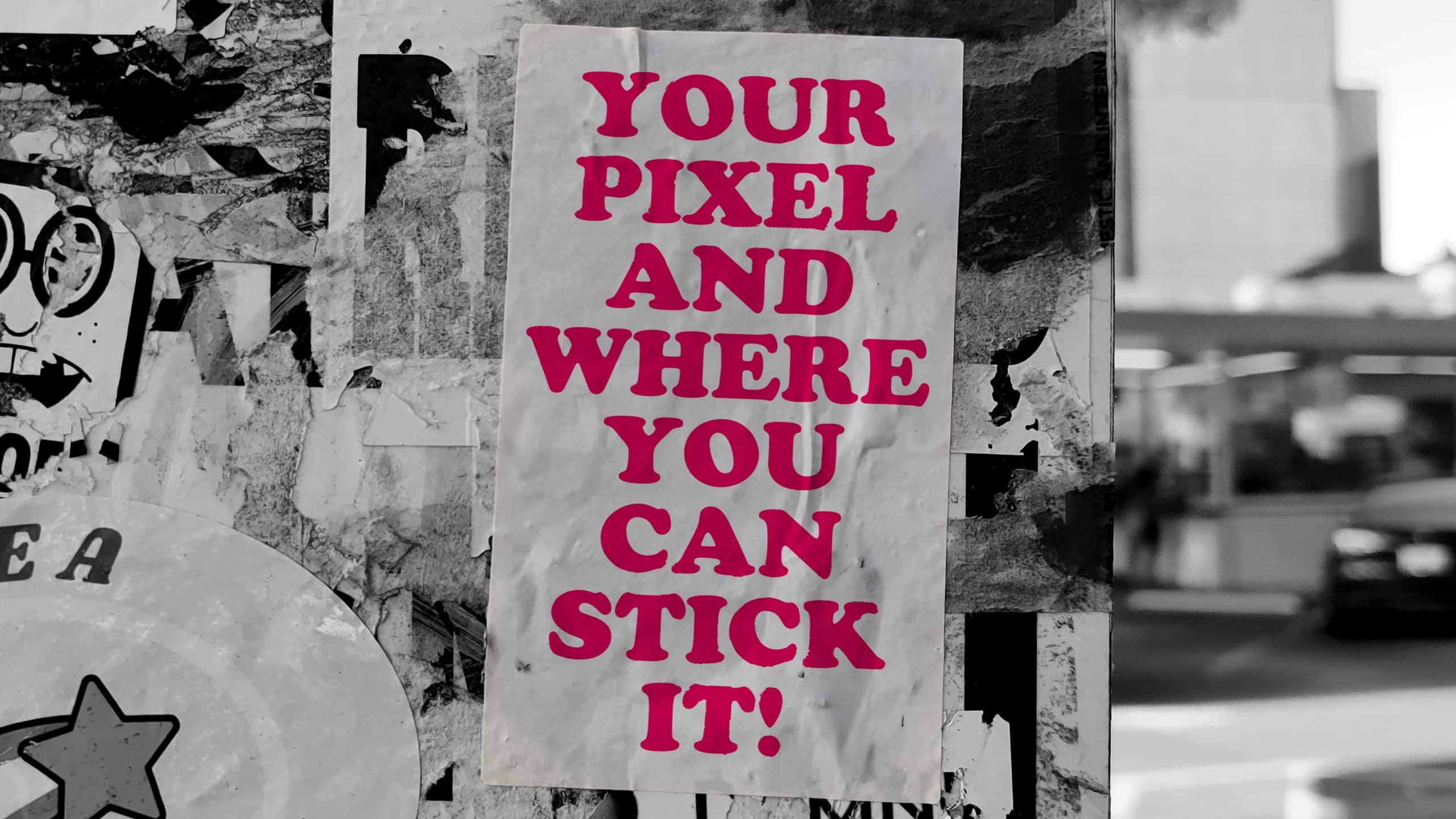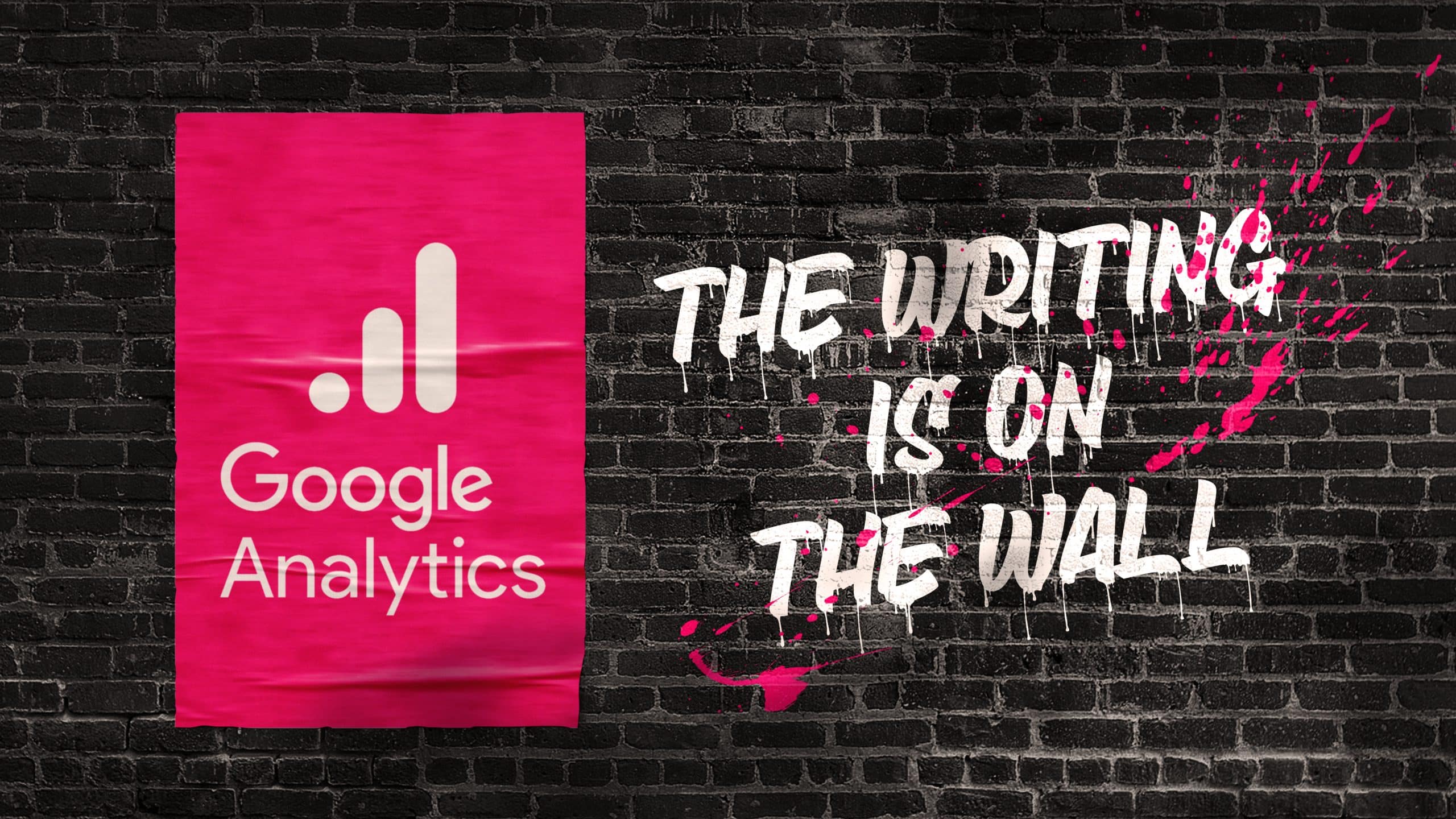Boosting Posts vs Targeted Ads: Round 1, Fight!

In the ever-evolving landscape of social media marketing, it’s crucial to understand the nuances between various promotional strategies. Two popular methods that often come into play are boosting posts and running targeted paid ads. Both have their merits, but they serve distinct purposes and cater to different goals.
In this comprehensive guide, we’ll dive deep into the world of restaurant social media marketing. We’ll explore the differences between boosting posts and running targeted paid ads, helping you make an informed decision on which approach is best suited for your specific needs.
Boosting Posts: Widening Your Social Media Reach
Boosting a post on social media is a familiar tactic to many businesses and individuals alike. It’s a way to amplify the reach and engagement of a post within your existing network. Let’s delve into the key aspects of boosting posts:
- Purpose of Boosting Posts – Boosting posts is primarily about increasing visibility and engagement. It’s like giving your content a little nudge to reach a broader audience within the social media platform itself. When you boost a post, it appears in the newsfeeds of users who fall within a broadly defined audience.
- Reach with Boosted Posts – One of the primary limitations of boosting posts is that it’s confined to to a relatively broad audience. The reach is restricted to basic interests and geographic locations, and you won’t be able to leverage custom audiences for retargeting.
- Cost of Boosting Posts – One advantage of boosting posts is its affordability. It typically requires a small monetary investment, making it an accessible option for businesses with tight budgets. The cost is determined by factors such as the duration of boosting and the target audience size.
- Control Over Boosted Posts – Boosting posts is a hands-off approach. You have limited control over targeting options. You can set basic parameters like gender, age, and location, but the precision is not as fine-tuned as with targeted paid ads.
- Analytics for Boosted Posts – When you boost a post, the data provided is fairly basic. You’ll get insights into reach, engagement (likes, shares, comments), and some demographic information about the audience. However, the level of detail is not as comprehensive as what you’d get with a targeted ad campaign.
Targeted Paid Ads: Precision and Performance
Targeted paid ads, on the other hand, offer a different level of sophistication and precision. They are designed to reach specific audiences and drive conversions. Here’s a closer look at the key aspects of running targeted paid ads:
- Purpose of Targeted Paid Ads – The primary objective of targeted paid ads is to reach a defined audience and encourage them to take a specific action, such as making a purchase, signing up for a newsletter, or visiting a website. .
- Reach with Targeted Paid Ads – One of the major advantages of targeted paid ads is their extensive reach. They can connect with a much larger audience, including individuals who are not currently following your page. This expanded reach is made possible through detailed targeting options, which can include interests, demographics, behaviors, and more.
- Cost of Targeted Paid Ads – Running a targeted ad campaign can require a more substantial budget compared to boosting posts. The cost depends on various factors, such as the size of your target audience, the competitiveness of your industry, and the desired ad placement.
- Control Over Targeted Paid Ads – Targeted paid ads offer an unparalleled level of control. Advertisers can fine-tune their campaigns with precision, specifying the exact demographics, interests, and behaviors of the audience they want to reach. This granular control extends to creative elements like images and ad copy.
- Analytics for Targeted Paid Ads – When it comes to analytics, targeted paid ads shine. They provide comprehensive data on ad performance, including impressions, clicks, conversions, click-through rates (CTR), and more. This wealth of information empowers advertisers to make data-driven decisions and optimize their campaigns for better results.
Choosing the Right Strategy for Your Campaign
In conclusion, both boosting posts and running targeted paid ads can be effective methods for promoting content on social media platforms. Your choice between the two should be guided by the specific goals of your campaign, your budget, and the level of control you desire over targeting and creative elements.
If you’re looking to maximize visibility within your existing network and engage with your current followers, boosting posts is a cost-effective option.
On the other hand, if your goal is to reach a wider, more precisely defined audience and drive specific actions like conversions, targeted paid ads offer unparalleled control and performance.
To make an informed decision, it’s essential to consider your overall social media marketing strategy and align it with your campaign objectives. Keep in mind that a well-thought-out combination of both boosting posts and running targeted paid ads can also be a winning strategy, depending on your unique needs.
External Resources
By understanding the differences and benefits of these two social media promotion strategies, you can make informed decisions that lead to more effective and successful campaigns. Remember, the world of social media marketing is constantly evolving, so staying up-to-date with the latest trends and best practices is essential for continued success.


